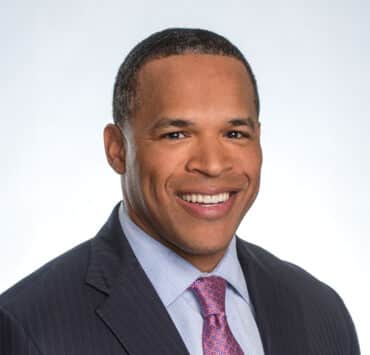|
|
More than ever, HR leaders are leveraging technology to improve the workplace and the employee experience. Gone are the days of piles of paper records, relying on couriers to send documents to other officers, and the other time-consuming tasks that defined the HR regimes of old. To help address the evolving needs of today’s employee, HR has decided to transform itself through the use of things like analytics, artificial intelligence (AI), and self-service tools.
Analytics
According to a 2022 McKinsey & Co. survey of senior leaders, more companies are increasing their investments in advanced analytics tools, with almost three quarters of chief human resource officers reporting that they expected to nearly double the number of different applications they used for analytics techniques in the next twelve months. Another survey cited by the Society of Human Resources Management reported that HR analytics will be a target investment for midsize and large companies in the coming year.
But what’s driving this hunger for people analytics? For HR leaders like Shannon Hughes Swayney, analytics help measure the success of key initiatives, she shared in a LinkedIn post.
“Relying on guesswork and assumptions to measure success is simply not effective,” shared the former senior vice president of HR at TPG Hotels & Resorts. “Using next-generation analytics technologies will help integrate HR data and quickly put them into the hands of leaders to help them make more informed decisions.”
AI
According to CNBC Workforce Wire, AI can analyze large amounts of data and provide useful feedback to HR leaders as they recruit, onboard, and shape learning and development initiatives. The technology can also take on the repetitive tasks that have long tied the hands of HR departments, allowing them to focus on big picture initiatives. CNBC reports that AI can help with managing employee records, processing payroll, composing emails, and administering benefits.
“If used in the right way, [AI] should make the day more fulfilling. [HR teams can] really spend more time on the things that are essentially human, as opposed to things that can be very much augmented or done by AI,” Benjamin Sesser, CEO of HR tech company BrightHire, told CNBC.
Self-Service Tools
HR leaders are turning to self-service tools “to improve service, reduce labor costs, and shift the responsibility for handling routine transactions from HR to employees, managers, and job candidates,” according to a SHRM report by Dave Zielinski. Employees are able to request time off, adjust schedules, check pay information, complete open enrollment, and more. Some industry vendors offer more sophisticated self-service tools that allow employees to make changes to their 401(k) contributions, review performance evaluations, and sign up for online training.
The increased access and speed have not only been beneficial to workers but have alleviated pressure from HR departments, said Pat Pickren, senior director of research and strategy at Ultimate Software, a company that offers self-service tools in its cloud human capital management suite.
“On average, HR teams in our client companies receive more than one thousand pay-related inquiries a year from employees,” Pickren told SHRM. “That time can now be better used by HR to focus on more strategic aspects of the business.”
As TPG was growing its managed properties portfolio, it was paying high rates for state unemployment, workers’ compensation, and administrative fees for payroll, HR, and compliance.
Its general managers are highly experienced in hospitality, but not necessarily in HR. With 66 locations and 1,500 worksite employees, TPG needed high level guidance on HR issues and employment practices liability insurance to keep the GMs focused on growing their bookings.
For new properties, it wanted a turnkey process for efficient onboarding.
Enter Barbara Ziccardi at Engage PEO. TPG has all of this, and guidance from licensed attorneys, at a much lower cost.














